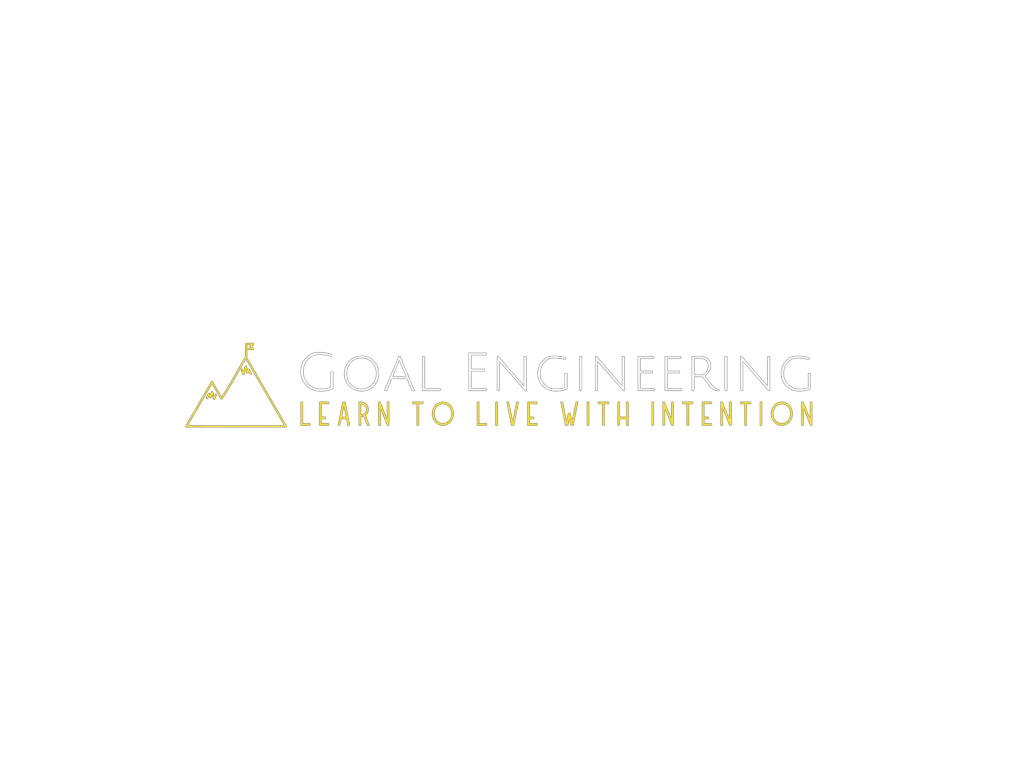If you’ve ever failed at your New Year’s resolutions, you know how hard it is to reach your goals. And if you’re working on them right now, chances are you’re about to quit.
According to user data from Strava, the day most people give up on their goals every year is January 19.
Do you want to keep quitting too soon or do you want to rise above the failures of your past and become a new person? You might feel discouraged at all those failed resolutions of years gone by, but you can get up, try again, and even succeed.
Can you imagine how your life would change if all your biggest aspirations became realities?
What would it be like if you could accomplish any goal you set your mind to?
With what you’re about to learn, you can start winning like never before. All you need to know is how to turn the pages of a book.
How to Turn to the Right Page in a Book
If I told you to pick up a book right now and turn to page 19, you wouldn’t consciously think about what you’re doing, you’d just do it. But here’s what actually happens, and where your lesson in reaching your goals begins:
- You open the book to around the area you think that page will be. If you want page 19, it will likely be in the beginning.
- As you get the book open, you immediately look to see what page you’re on. If you’re a few pages ahead, you turn backward. And if you’re not far enough, you turn forward.
- Eventually, you get close enough that you start flipping individual pages until you’re right where you want to be.
The cool thing about life is that there are laws of nature like this one that apply to everything. Whether you’re flipping to page 19 in your favorite book or trying to make your goals reachable, it’s the same.
You Naturally Set Goals That Are Too Easy or Too Hard, But That’s Okay
“The secret to getting ahead is getting started.”
– Mark Twain
If I told you to set a new goal right now you’d come up with something that’s either too difficult or too easy for you. Every goal you’re currently working on is either overwhelming or too simple.
Think of the people in Strava’s research. What made them give up wasn’t that they didn’t want their goal, it’s that they didn’t know how to set a goal that was at the right level of difficulty for them.
When a goal is too hard, you get overwhelmed. It’s unsustainable to start running five times per week in January if you didn’t run once in December. That’s why you’ll give up on January 19.
On the other hand, setting goals that are too easy doesn’t work either because when you don’t push yourself enough you grow too bored to develop the consistency required for success.
The sweet spot is right in the middle. A goal that’s challenging enough to push you beyond what you’re currently capable of, but not so hard that you’re overwhelmed. And all it takes reviewing your goals to get there.
Turning to the Right Page in Your Book of Life Goals
“When performance is measured, performance improves. When performance is measured and reported back, the rate of improvement accelerates.”
– Pearson’s Law
To make your goals truly reachable, you have to just start and gather data about how you’re doing. You can only do this if you have a weekly review. I do mine every Sunday and as part of the process, I ask myself these three questions:
- How did I do in the previous week?
- Did I not accomplish my goal, and if so, how can I reduce my expectations so my goal is more reachable?
- Did I accomplish my goal too easily, and if so, how can I make my goal more challenging?
As you keep working on your goals each day and reviewing them each week, you’ll eventually reach that sweet spot where your goal is just hard enough to keep you engaged, but not too difficult to overwhelm you to the point of failure.
Reach Your Goals: A Real-Life Example
Let’s take the example of losing weight to understand this further. If you’re like most people who want to become slimmer, you’ll begin by thinking you need to go running five times a week. This is a good start as long as you commit to weekly reviews so you can make it attainable!
Imagine you set this goal in December. January 1st comes around and you’re exhausted from staying up late the night before, so you don’t run. But you want to get rid of those love handles, so you get up early on January 2 and make it out on your morning jog.
As the week wears on, however, you find it more difficult to stay consistent. You might run only two out of five days that week.
Most people would consider that to be a failure, but remember, it’s just data you can use to help you reach your goal.
In this example, the data you’ve received means you’re trying to do something that’s too difficult. You must scale it back if you want to succeed.
You discover this in your weekly review as you see that you only got to 40% of the goal you set. So you decide to just go running one day the next week. But when the week comes around you finish your one run early in the week and are so excited that you run another day.
In your weekly review, you’d see that you’re now at 200% of what you committed to the previous week. That might be exciting at first to know that you’re crushing it. But if you consistently tried for just one run a week you’d eventually get bored. So you set the goal of running twice per week and you’ve found your sweet spot.
This might not be the end of your iterations, however. If you struggle at any point to keep going, just gather data and increase or decrease your goal accordingly.
Continue the process each day and week until you’ve reached your goal, then set a new one!
So What if I’m Hitting Zero Each Week?
“Cut your goal in half. Choose what you’ll bomb. Make it fun if you want it done.”
– Jon Acuff, Finish
Most people think that running=weight loss, which is not true for a lot of reasons. One of the biggest is that you might hate running, which means you’ll never be able to succeed when you set a goal to run.
While you can change how much you like running if you want to, your overall goal is to lose weight, not to become a runner. And there are dozens of ways to lose weight.
You might like dancing, hiking, swimming, roller-blading, or even one of my recent favorites, playing Ring Fit on the Nintendo Switch.
The specifics may differ, but the reality is that there is some physical activity out there that you’re going to like the most. If you want to really reach your goal here, you must find that thing. This applies to all goals, whether it’s for your faith, family, finances, or fitness.
That means that as part of your weekly review you need to ask a couple more questions for each goal you set:
- Do I like this goal and do I enjoy the ways I’m working toward it?
- How can I change my methods to be more enjoyable for me while still pushing me toward the goal?
As you try new options out, constantly ask if you like it better or worse than the previous one you’ve tried. I like rollerblading better than dancing, but I like Ring Fit even better, so that’s what I use to exercise now.
Whatever you’re working toward, make it enjoyable and you’ll succeed much faster and more consistently in every aspect of life.
Wrapping Up
Turning the pages of a book seems like a terribly simple thing that you do without thinking. But the steps you take to so it outlines a law of the universe that applies to everything, especially your goals.
When you don’t achieve your goals it’s not because you don’t want them. You struggle because your aspirations are either too easy or too difficult.
It’s hard to stick to your goals when you’re in either of these situations.
But implementing a weekly review system to ask yourself how it’s going lets you begin turning those pages to find the sweet spot where your goals are not too hard or too easy.
I know this works because I do it every week and I’ve not given up on any of my goals in nearly two years.
You can have the same results too, all you need to do is begin, gather data, review, and adjust. Before long you’ll become a master a reaching any goal you set.





